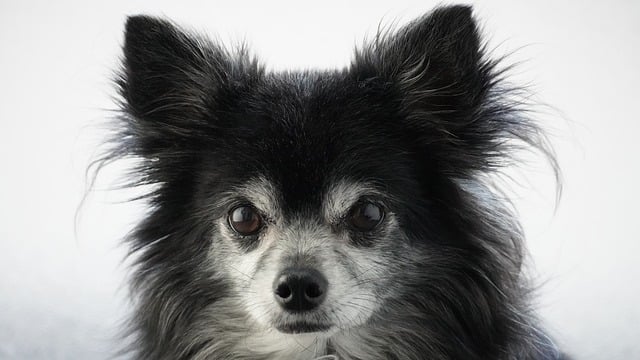
How to train a Chihuahua for toilet training?
Chihuahuas’ tiny size makes toilet training feel tricky—their small bladders mean they need frequent trips outside, but consistency is key to helping them learn.
Giant poodles are smart, eager to learn, and love bonding through tricks—making them perfect candidates for learning high-five. Start with a quiet space free of distractions, like your living room after a walk, and have their favorite treats on hand (small, soft bits work best for quick rewards). Hold a treat in your closed fist and hover it slightly above their paw; most poodles will naturally lift their paw to nudge your hand, curious about the snack. The moment their paw touches your fist, say “High-five!” and give them the treat—this links the action to the command and reward.
Repeat this step a few times until your giant poodle starts lifting their paw on cue, even before you hover your fist. Once they get the hang of touching your closed hand, open your palm and say “High-five!” again. If they hesitate, gently guide their paw to your palm with your free hand, then reward immediately. Keep sessions short—5 to 10 minutes max—since giant poodles, like most dogs, lose focus if training drags on. End each session on a positive note, even if they only get it right once; this builds their confidence to try again next time.
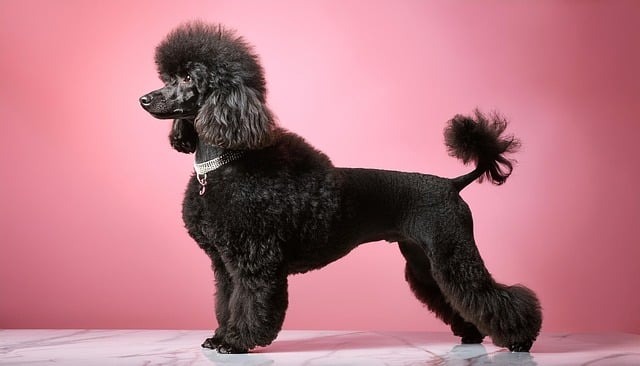 Don’t forget to adjust for their size—giant poodles have longer legs, so you might need to hold your hand a little higher than you would for a smaller dog. Avoid forcing their paw or raising your voice if they mess up; positive reinforcement (treats, praise, belly rubs) works far better for keeping them engaged. You can also add a fun twist by practicing after playtime—they’ll associate the trick with fun, making them more likely to cooperate.
Don’t forget to adjust for their size—giant poodles have longer legs, so you might need to hold your hand a little higher than you would for a smaller dog. Avoid forcing their paw or raising your voice if they mess up; positive reinforcement (treats, praise, belly rubs) works far better for keeping them engaged. You can also add a fun twist by practicing after playtime—they’ll associate the trick with fun, making them more likely to cooperate.
It’s important to remember that training should align with local pet welfare guidelines—many areas prohibit harsh training methods, so sticking to reward-based techniques keeps you compliant. Also, giant poodles are social dogs, so incorporating short training sessions into your daily routine (like after meals or before a walk) fits with their need for interaction. If your poodle seems stressed or uninterested, take a break—pushing them can make them associate high-five with frustration, slowing progress.
With consistency and patience, your giant poodle will be showing off their high-five in no time. The trick isn’t just about teaching a fun skill—it’s about strengthening your bond, which is key for a happy, well-behaved dog. Once they master it, you can even build on it (try a “low-five” or “wave”) to keep their sharp minds active. Before you know it, they’ll be eager to show off their new trick to friends, making every training session feel like a win.

Chihuahuas’ tiny size makes toilet training feel tricky—their small bladders mean they need frequent trips outside, but consistency is key to helping them learn.
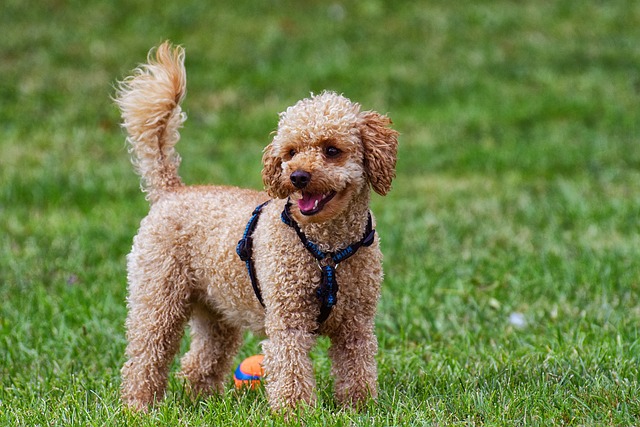
The idea of housebreaking a puppy in just five days might sound like a fantasy, but while you can’t expect perfection in such a short time
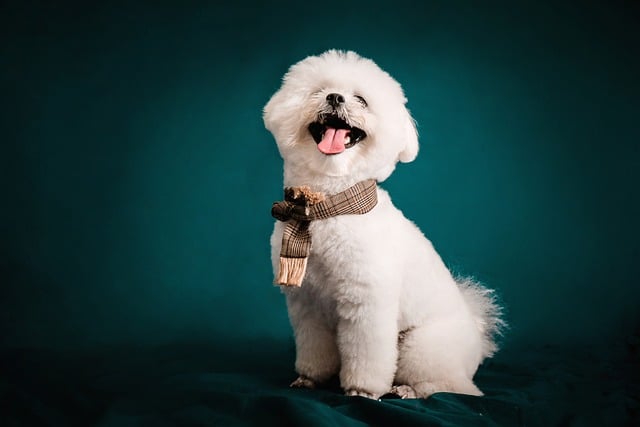
If you're constantly mopping up accidents and wondering when this phase will end, you're not alone. The journey to reliable potty training feels endless when you're in the middle of it
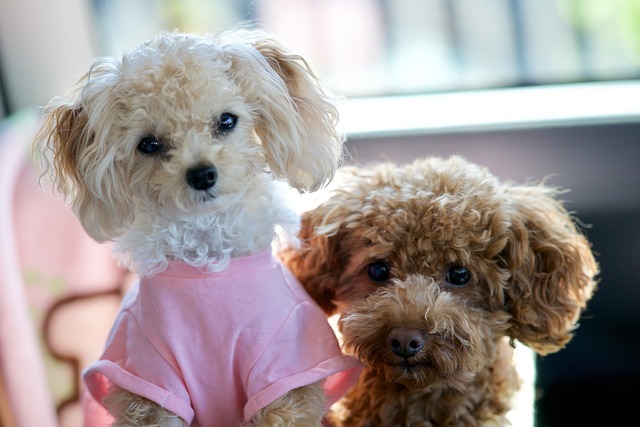
Bringing home a new puppy is an exciting adventure, but amidst all the cuddles and playtime, you might wonder where to even begin with training.
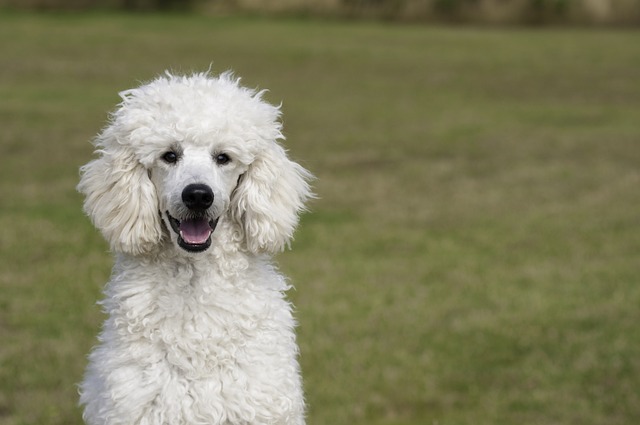
Giant poodles are smart, eager to please, but their size means accidents can be messy—so starting potty training early (around 8–12 weeks old) saves frustration for both of you.
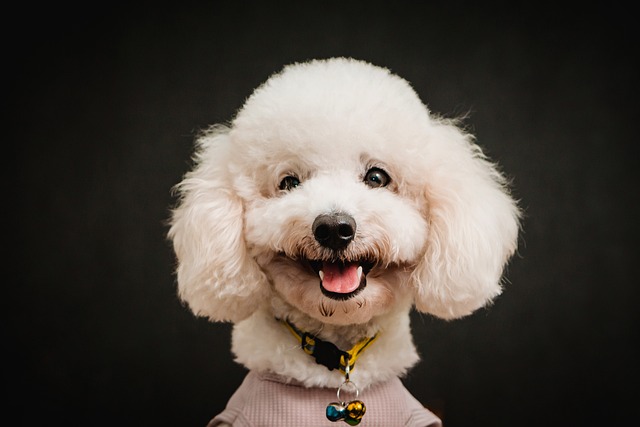
We’ve all seen those perfectly behaved puppies and wondered, "How did they manage that so fast?" While there’s no true shortcut to raising a well-mannered dog